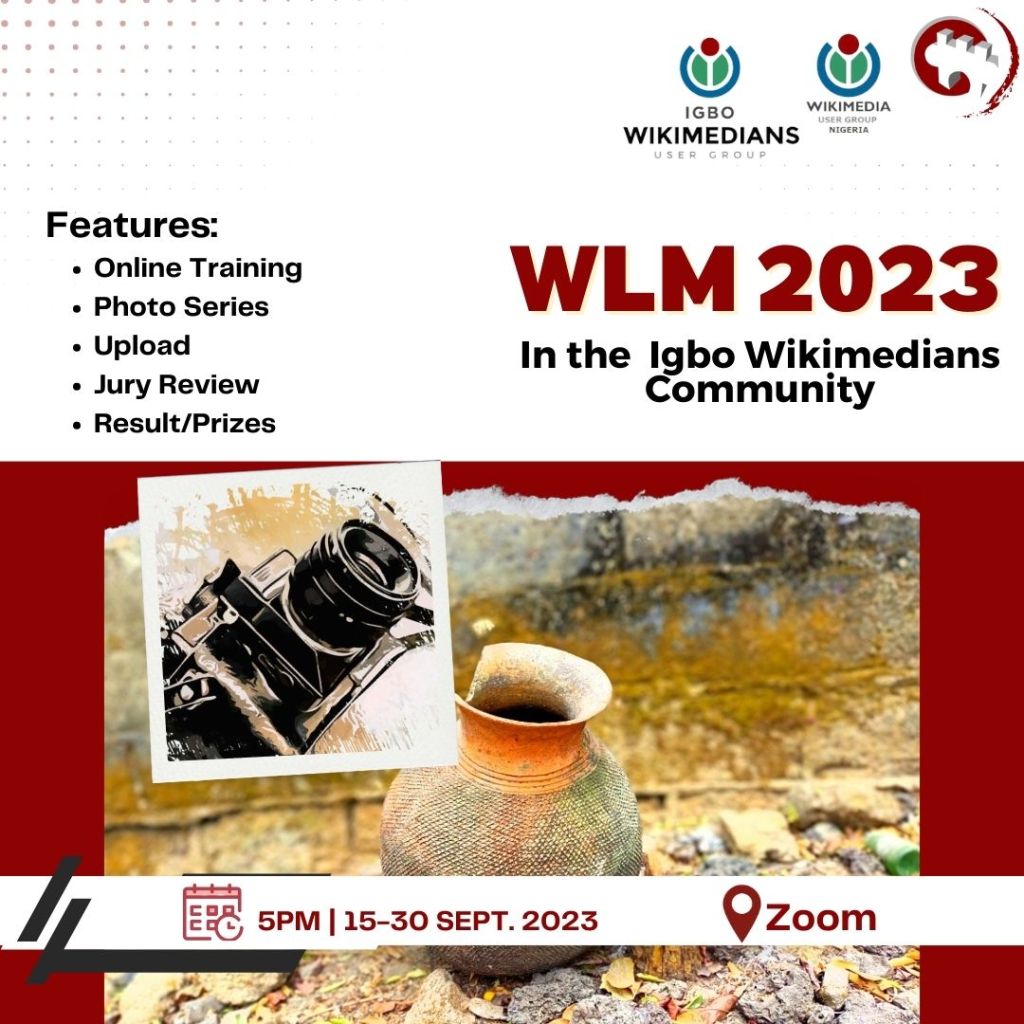Eh oui ! Elle a appris ça ces derniers temps et c’est quelque chose qui l’amuse beaucoup !
Et si vous vous posez la question : non, elle ne s’est pas clonée ! Ce sont des effets spéciaux, hein ! 😉 (appelé “ajouter un model :D)
VRMLiveViewer est un logiciel permettant de faire danser nos avatars Vroid Studio.
Pour le peu que j’en sais, je pense qu’on peut le considérer comme un équivalent d’un autre logiciel qui existe depuis longtemps : Miku Miku Dance, permettant de faire des clips de danse avec les chanteur.euses virtuels de Vocaloid (comme Miku Hatsune) ou d’autres personnages.
Crédits :
La musique, la scène et la danse sont des éléments fournis avec le logiciel (non, je n’ai pas acquis de talent d’animateur 3D !)
====================================================
SAUVEZ UN PONEY : COMMENTEZ ET PARTAGEZ CETTE VIDÉO ! 😉
➪ J’ai aussi une chaîne de jeux vidéos ainsi qu’une chaîne de jeux bonus ! Retrouvez-les dans le À propos de la chaîne ! 😉 : https://www.youtube.com/channel/UC0jVEiJu2oz_5NaftErHMgg/about
➪ Pour être au courant de la sortie des prochaines vidéos un peu avant leur sortie, découvrir des liens de vidéos ou autres trucs sympas, et bien plus encore, suivez-moi sur mon WordPress : http://blogmangatd.byethost33.com/
➪ Quand je live sur Twitch, c’est par là : https://www.twitch.tv/mangatd
➪ TheChangebook – “Le réseau social alternatif autogéré” : https://www.thechangebook.org/profile-25405/
➪ Mastodon : https://framapiaf.org/@mangatd
➪ Serveur Discord : https://discord.gg/AMTUwmz


